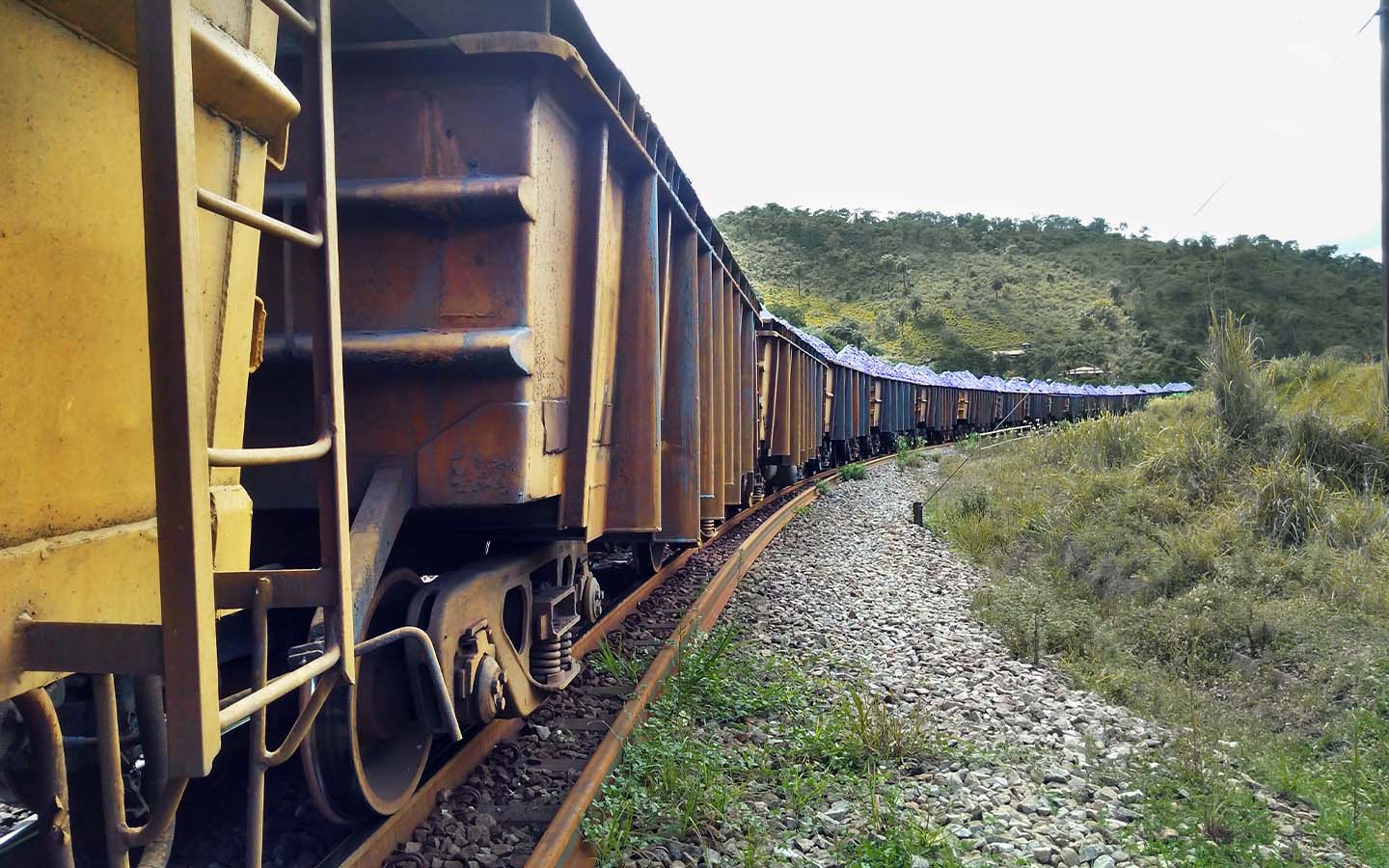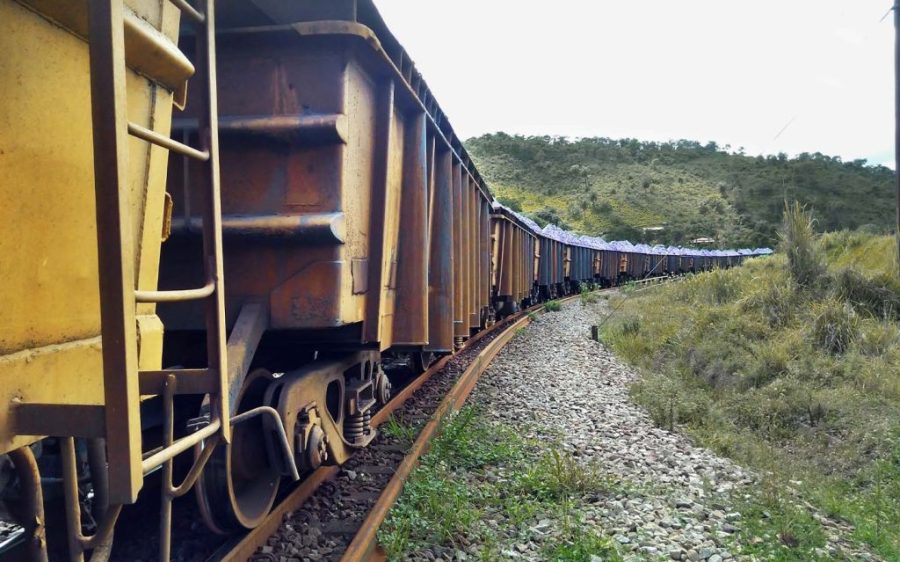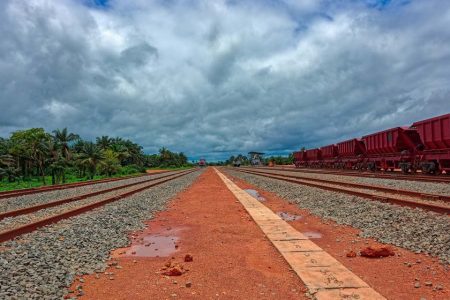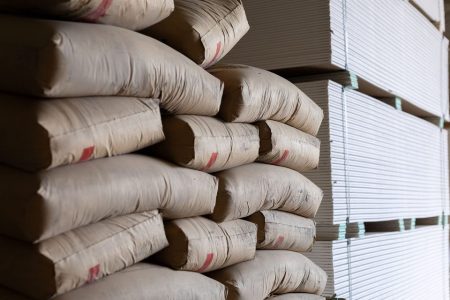A Chinese delegation travelled to Brazil earlier this month to discuss infrastructure projects focused on improving logistical integration between Brazil and the Pacific Ocean, reports the Brazilian news website O Cafezinho.
The initiative is part of the strategic agreements signed last November during a state visit by Chinese President Xi Jinping to Brasília. Creation of a land route connecting Brazil to Peru’s Pacific coast is a key pillar of these agreements. Members of the Chinese government, including the Ministry of Transport, as well as representatives of the state-owned China State Railway Group, arrived in Brazil on 11 April for a seven-day visit.
They travelled to the country’s midwestern and northern regions, inspecting transport projects in states including Mato Grosso, Goiás, Rondônia and Acre, and assessing investment opportunities in road, rail and waterway infrastructure.
The chief objective of the visit was to study the feasibility of the Brazil-Peru Bioceanic Corridor, a cross-continental rail corridor connecting Brazil to the Pacific Ocean via the Peruvian mega-port of Chancay.
“This Bioceanic connection is a great dream of Brazil. This railway reaching the Pacific will reduce the time by about 10 days for ships traveling from the Brazilian coast to Asia to deliver Brazilian products,” a senior Brazilian official said.
The original Bioceanic Corridor, proposed in 2014, aimed to connect industrial centres in Brazil to ports in Chile. However, changes in infrastructure, such as the Pacific Highway connecting Brazilian and Peruvian federal highways, as well as changing regional trade dynamics, have necessitated a review of the original route.
[See more: Sino-Brazilian ties enter a ‘new era’ at Xi and Lula summit]
The inauguration of the Chancay mega-port last November was another game changer. Now the largest deepwater port on the Pacific coast of South America, and financed with a US$3.5 billion investment from China, it accommodates larger container ships than any other South American port and also cuts shipping times from China in half – by up to 20 days.
The Chinese delegation began its mission with a visit to the junction between the North-South Railway and Fico, one of two east-west railways that received renewed investment from the Brazilian government last year, in the municipality of Mara Rosa. Together with Fiol, which connects to the east coast, the railway network will stretch from the Atlantic coast to the border with Peru, spanning the states of Bahia, Goiás and Mato Grosso.
Connection with the North-South Railway will extend its reach, forming the backbone of the Bioceanic Corridor, which also aims to integrate with Porto Sul in Bahia. Leonardo Ribeiro, Brazil’s national secretary of Railway Transport, explained to O Cafezinho that the project, relying heavily on infrastructure already built by the Brazilian government, seeks to transport grain and mineral production from the three states to the Atlantic port.
Ribeiro notes that connecting that building a railway towards the Pacific as well, would transport cargo to the port of Chancay. “Brazil exports US$350 billion every year and more than a third of that amount goes to China. Of what we export to the Chinese, 60 percent is iron ore and soybeans, which need to be transported by rail.”
Doing so via Chancay port would not only shorten delivery times, it would also avoid the Panama Canal, a growing point of a conflict with the Trump administration in the US.
The Chinese delegation also assessed the Port of Santos for possible integration into the corridor, their week of work on the ground an important preparation for Brazilian President Luiz Inácio Lula da Silva’s upcoming trip to China in mid-May, where he will participate in the meeting of the Community of Latin American and Caribbean States (CELAC).






